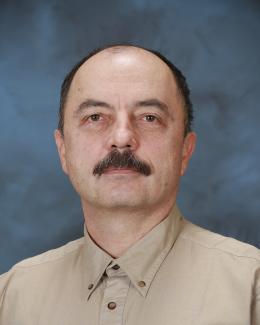Abstract
With the advanced progress achieved in the field of nanotechnology, localized surface plasmons resonances (LSPRs) are actively considered to improve the efficiency of metal-based photocatalysis, photodetection, and photovoltaics. Here, we report on the exchange of energy and electric charges in a hybrid composed of a two-dimensional tungsten disulfide (2D-WS2) monolayer and an array of aluminum (Al) nanodisks. Femtosecond pump-probe spectroscopy results indicate that within ~830 fs after photoexcitation of the 2D-WS2 semiconductor, energy transfer from the 2D-WS2 excitons excites the plasmons of the Al array. Then, upon the radiative and/or nonradiative damping of these excited plasmons, energy and/or electron transfer back to the 2D-WS2 semiconductor takes place as indicated by an increase in the reflected probe at the 2D exciton transition energies at later time-delays. This simultaneous exchange of energy and charges between the metal and the 2D-WS2 semiconductor resulted in an extension of the average lifetime of the 2D-excitons from ~15 to ~58 ps in absence and presence of the Al array, respectively. Furthermore, the indirectly excited plasmons were found to live as long as the 2D-WS2 excitons exist. The demonstrated ability to generate exciton-plasmons coupling in a hybrid nanostructure may open new opportunities for optoelectronic applications such as plasmonic-based photodetection and photocatalysis.







